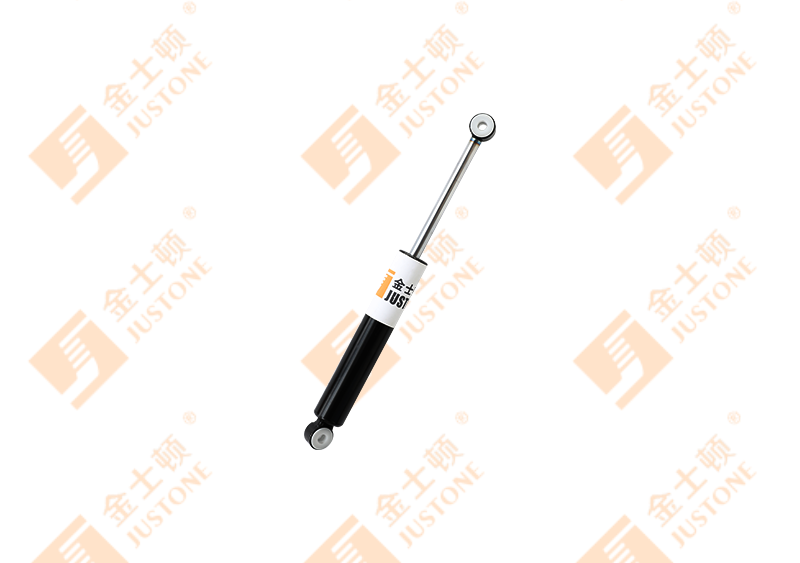Didn't find a product that suits you?
Contact us for the latest news.
Seat damper shock absorbers play a vital role in enhancing comfort and safety, whether in cars, trucks, buses, or industrial machinery. They absorb vibrations, reduce impact forces, and help prevent fatigue during long hours of driving or operating heavy equipment. However, like any mechanical component, proper use and maintenance are essential to ensure optimal performance and longevity. Ignoring safety measures or using the wrong procedures can lead to reduced effectiveness, premature wear, or even accidents. This article explores the key precautions that users should take when using seat damper shock absorbers.
1. Understand the Manufacturer’s Specifications
Before using any seat damper shock absorber, it is crucial to carefully read and understand the manufacturer’s instructions. Each model is designed with specific load capacities, damping characteristics, and installation requirements. Using a shock absorber that does not meet your vehicle or equipment specifications can result in excessive wear, poor vibration control, or unsafe conditions. Pay attention to recommended weight limits, torque values for installation bolts, and compatible seat types. Following these specifications ensures that the shock absorber functions as intended and prevents damage to both the seat and the mounting structure.
2. Proper Installation
Correct installation is one of the most critical precautions. Seat damper shock absorbers must be mounted securely and aligned properly to avoid uneven load distribution. Loose or misaligned installation can cause abnormal wear, rattling, or complete failure under load. Use the correct tools, such as torque wrenches, to tighten bolts to the manufacturer-recommended specifications. If you are not confident in installing the shock absorber yourself, it is advisable to have a trained professional perform the installation. Improper installation is one of the most common reasons for premature failure of seat dampers.
3. Regular Inspection and Maintenance
Seat damper shock absorbers are subject to wear and tear over time due to repeated compression, vibration, and exposure to environmental factors. Regular inspection is essential to identify early signs of damage, such as fluid leakage, rust, unusual noises, or reduced damping performance. Maintenance may include cleaning the mounting points, lubricating moving parts if applicable, and replacing worn or damaged components. Preventive maintenance extends the lifespan of the shock absorber and ensures consistent performance, reducing the risk of discomfort or mechanical failure.
4. Avoid Overloading
Seat damper shock absorbers are designed to handle a specific weight range. Overloading them by exceeding the recommended weight limit can lead to permanent deformation, reduced damping efficiency, or even catastrophic failure. This is particularly important in vehicles that carry heavy passengers or equipment. Always verify that the combined weight of the seat, occupant, and any additional items does not exceed the manufacturer’s limit. Using multiple dampers or higher-rated models may be necessary for heavier applications.
5. Environmental Considerations
Environmental factors such as temperature, humidity, dust, and exposure to chemicals can affect the performance and lifespan of seat damper shock absorbers. For instance, extreme temperatures can alter the viscosity of hydraulic fluids or affect material flexibility. Dust and dirt can accumulate in moving parts, leading to friction and wear. When operating in harsh conditions, consider using protective covers, cleaning the dampers regularly, and selecting models rated for extreme environments. Avoid exposure to corrosive substances, which can weaken metal components and compromise safety.
6. Replace When Necessary
Even with proper care, seat damper shock absorbers have a finite lifespan. Signs that replacement is needed include sagging seats, excessive bouncing, unusual noises during movement, or visible fluid leaks. Continuing to use worn-out dampers can reduce comfort, impair control, and increase the risk of injury during sudden impacts or rough terrain. Following a regular replacement schedule based on manufacturer recommendations ensures reliable performance and safety.
7. Use Genuine Parts
Always use genuine or certified replacement parts when repairing or upgrading seat damper shock absorbers. Low-quality or incompatible parts may not meet safety standards, leading to reduced damping performance and potential hazards. Investing in high-quality components ensures durability, consistent performance, and compliance with safety regulations.
Conclusion
Seat damper shock absorbers are essential for comfort, safety, and operational efficiency. To maximize their benefits and ensure long-term reliability, users should follow several key precautions: adhere to manufacturer specifications, install properly, conduct regular inspections, avoid overloading, consider environmental factors, replace worn components timely, and use genuine parts. By taking these precautions, drivers and operators can enjoy a smoother, safer experience while protecting their equipment and reducing maintenance costs. Proper care and responsible use of seat damper shock absorbers are essential for maintaining comfort, preventing damage, and ensuring safety in any vehicle or machinery application.
